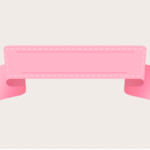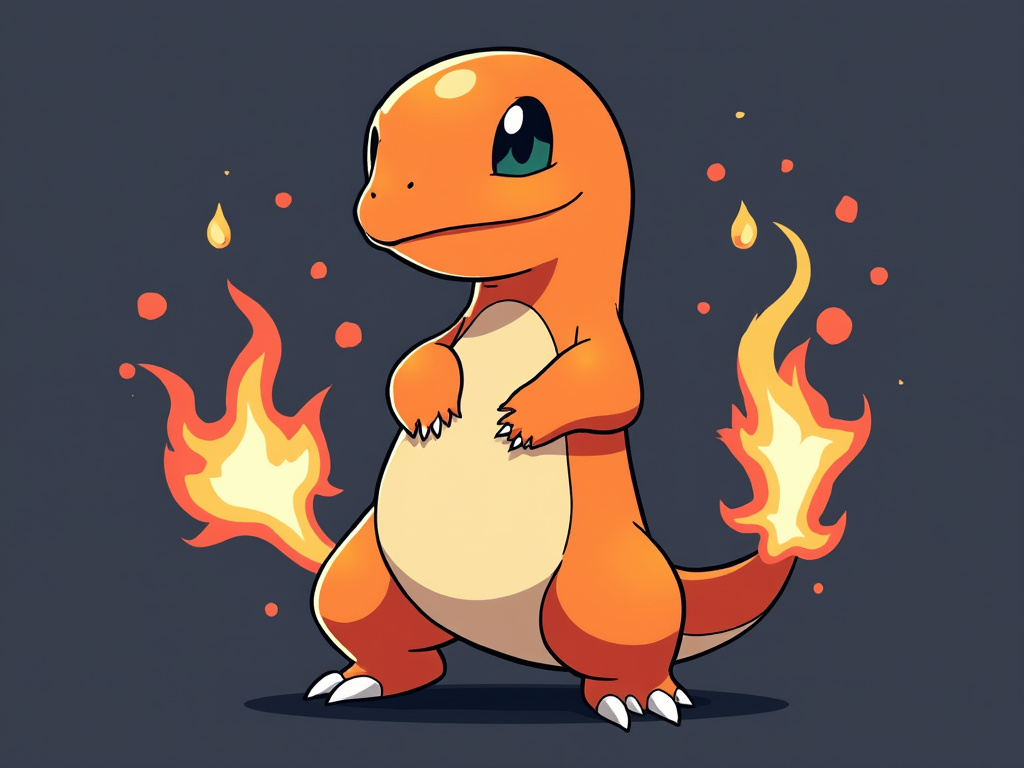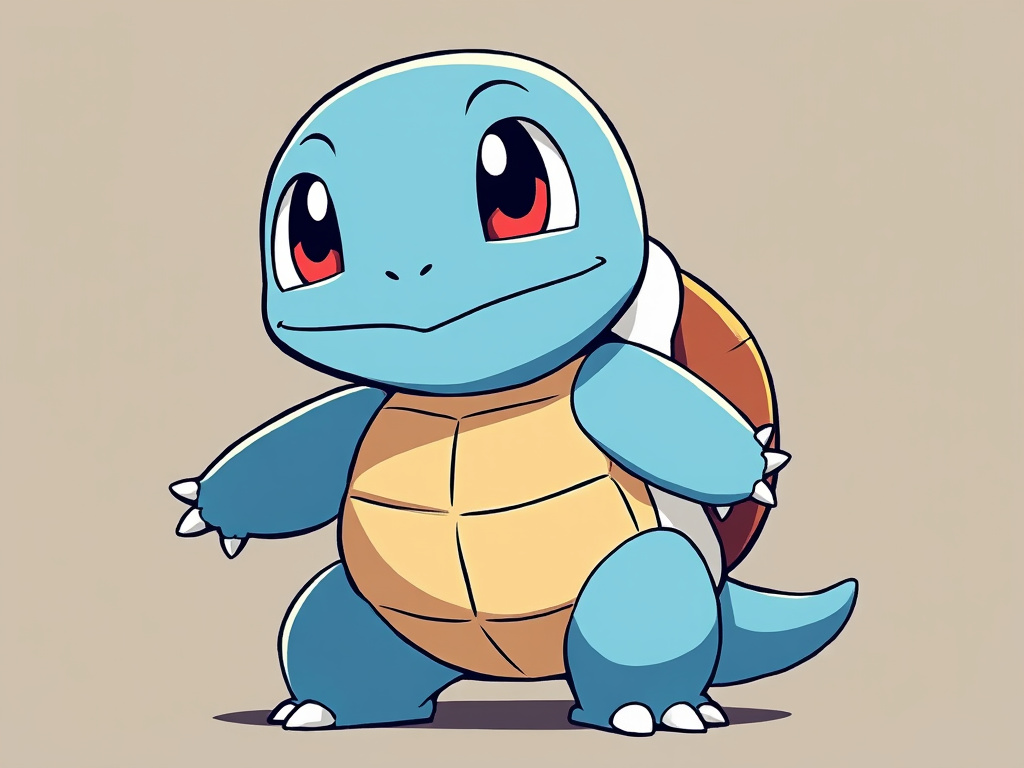How to Draw a Banner?4 min read
Drawing helps children develop their skills and brain. Children can do them in their leisure time to refresh their minds. We have been learning to draw through simple steps. This article will help you to draw a banner for your drawings or your activities.
Contents
Benefits of Drawing
- These activities can be performed with various tools and equipment.
- They can be used to create new shapes, paint and cut paper products, and assemble objects.
- Art helps children develop fine motor skills such as hand-eye coordination and the ability to create scribbles and marks.
- It also helps develop gross motor skills such as drawing and painting.
- By using markers, a child can develop eye tracking by following the movements of his/her eyes as they create color.
- This will help them learn how to read and form letters.
Let’s draw a Banner
What is a Banner?
Banners are used to give titles for writings and drawings. A banner can add a lot of style to a drawing or a poster. Just try them out and see how they work. In this article, children will learn how to make three different kinds of banners. We will start with the easiest and then get a little fancier one.
Materials needed to draw the Banner
- White drawing paper – To draw and color.
- Pencil – Drawing with a pencil helps, making corrections by erasing and re-drawing.
- Eraser – To erase any mistakes if any.
- Black Marker – After the drawing is done, black markers can be used to make the outline.
- Ruler – to draw the guidelines.
- Crayons – To add color to the drawing.
Guidelines to help Kids draw
- Drawing guidelines are very helpful for children who may not have the time to make their guidelines.
- Follow the instructions and try recreating banners.
- Getting started is very important, as it can help children feel more confident and productive while they’re drawing a banner.
- Having a visual reference point will also help others learn how to be more accurate.
Steps to draw
Banner 1
- Let’s draw the guidelines first using the pencil and the ruler.
- Now start drawing a rectangle on the left side from the center of the guidelines.
- Do the same on the right side.
- Now draw a ribbon end behind and below each rectangle.
- Now connect the ribbon end and the banner with a line for a 3D effect.
- Once finished, draw the outline with the black marker and erase the guidelines and any extra lines.
- Now let’s color the banner.
- Color the outside in pink and the inside in red.
- Color the background in blue color.
Banner 2
- Let’s draw the guidelines first using the pencil and the ruler.
- Now start drawing a curved rectangle on the left side from the center of the guidelines.
- Do the same on the other side.
- Now draw a ribbon end behind and above each rectangle.
- Now connect the ribbon end and the banner with a line for a 3D effect.
- Once finished, draw the outline with the black marker and erase the guidelines and any extra lines.
- Now let’s color the banner.
- Color the outside in pink and the inside in red.
- Color the background in blue color.
Banner 3
- Let’s draw the guidelines first using the pencil and the ruler.
- Now start drawing two parallel lines with a curve that is shown in the picture from on the left side from the center of the guidelines.
- Do the same on the right side.
- Now the guideline in the center and the curved parallel lines are below and above the guidelines.
- Now join the ends.
- Now draw a ribbon end behind each parallel curved structure.
- Now connect the ribbon end and the banner with a line for a 3D effect.
- Once finished, draw the outline with the black marker and erase the guidelines and any extra lines.
- Now let’s color the banner.
- Color the outside in pink and the inside in red.
- Color the background in blue color.
Conclusion
Creating art helps children develop their creativity and confidence. It also helps them develop their basic skills and self-esteem. Hope this article helped you understand the benefits of drawing and how to add banners to your drawings and pictures. Start drawing a banner today with your child.





